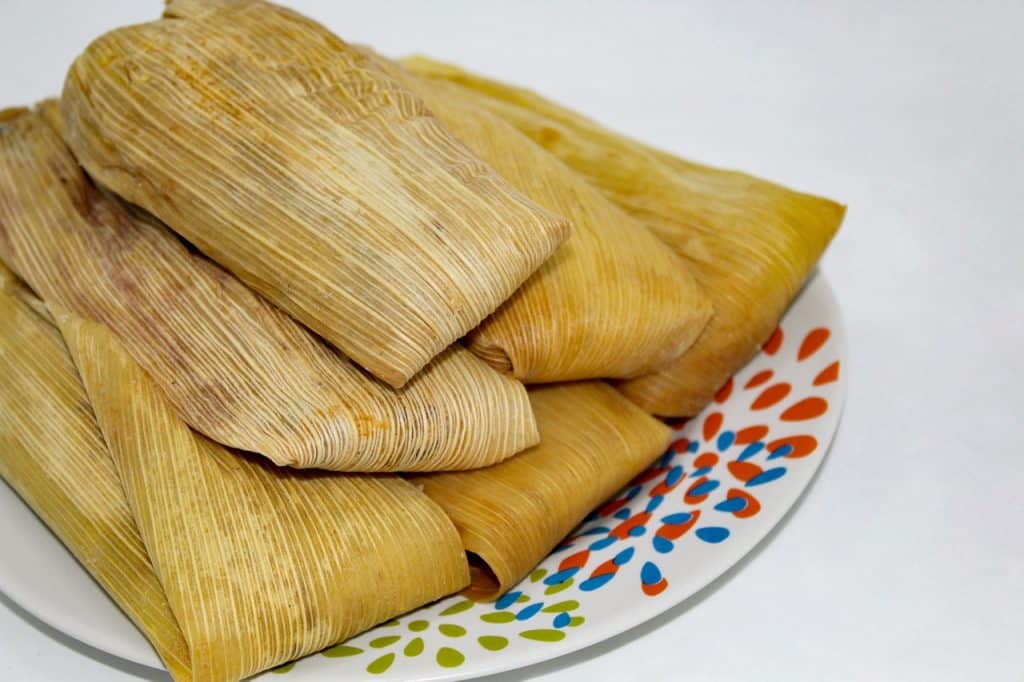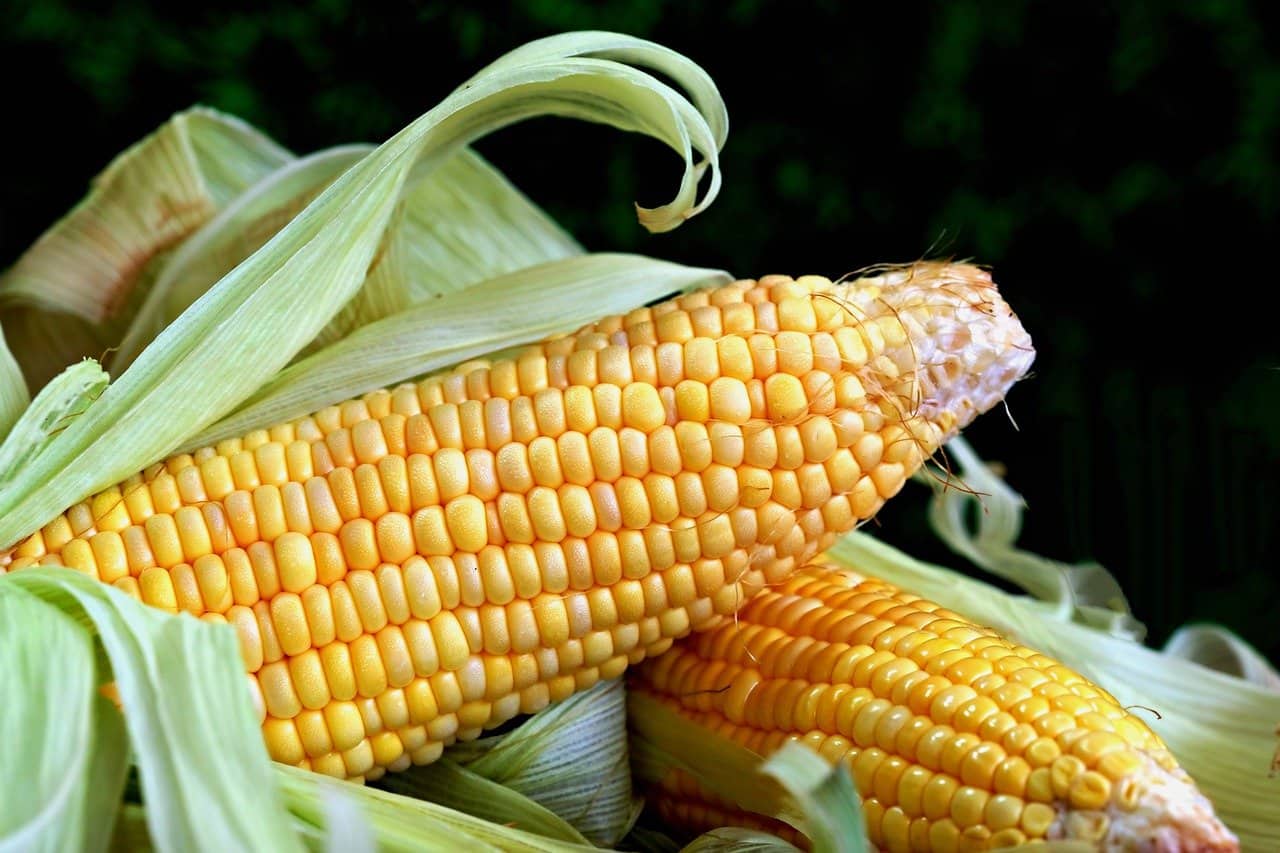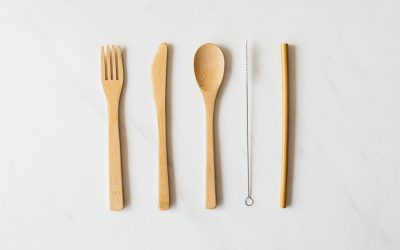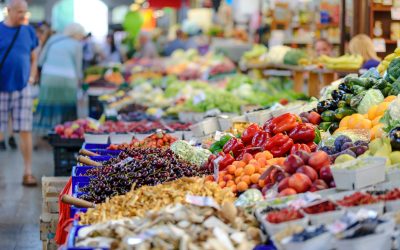Corn is a summertime favourite, but don’t make the mistake of only using the kernels and toss the rest! Every part of the plant has potential, from the husk to the cob, and even the silk. Embracing these often-overlooked parts not only reduces waste but also opens up new culinary possibilities. Here’s how you can make the most of every part of the corn.
Kernels: the star of the show
The kernels are the most commonly used part of the corn, and for good reason — they’re delicious and versatile. Fresh corn kernels can be grilled, boiled or roasted and added to salads, salsas, or served as a side dish.
If you have extra kernels, consider making corn chowder, corn fritters or cornbread. You can also freeze kernels for later use. Simply blanch them first to preserve their flavour and texture.

Husks: nature’s wrapping paper
Corn husks are often discarded, but they have multiple uses. One of the most popular uses is for making tamales. The husks are soaked until pliable, then used to wrap the tamale dough before steaming.
Corn husks can also be used as a natural wrapper for grilling fish or meats, adding a subtle, smoky flavour. Additionally, dried husks make for a beautiful, rustic craft material — you can weave them into wreaths or turn them into biodegradable garden mulch.
Cob: more than just a handle
Once you’ve removed the kernels, don’t toss the cob! Corn cobs can be boiled to make a rich and flavourful broth for soups, risottos or chowders. Throw the cob on the grill or in the smoker for added smoky notes and use it to infuse milk or cream for ice cream or custards.
Silk: a delicate tea ingredient
The silky threads inside the corn husk, can be dried and used to make a mild, soothing tea. To make corn silk tea, simply dry the silk, steep a small handful in hot water and enjoy.
You can also add fresh corn silk to soups or stews for a subtle corn flavour. Just remember to strain it out before serving.





